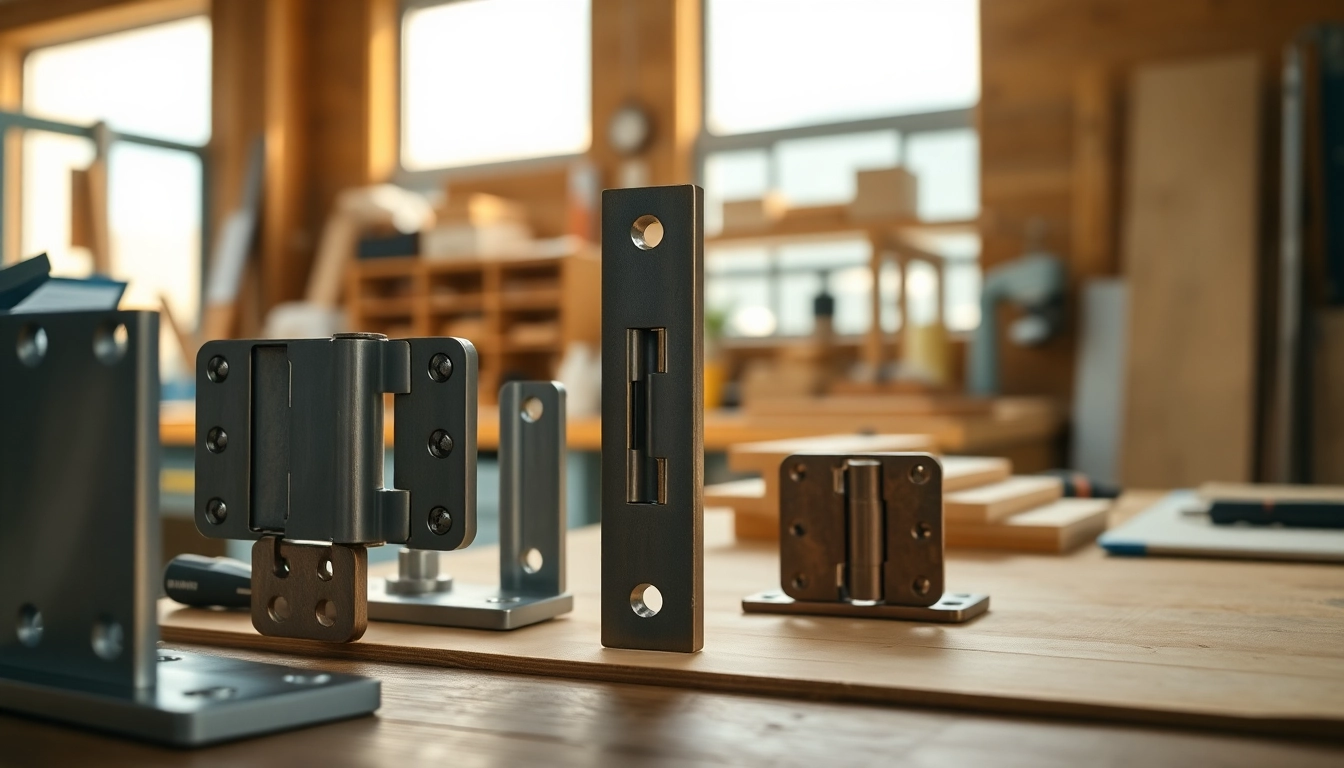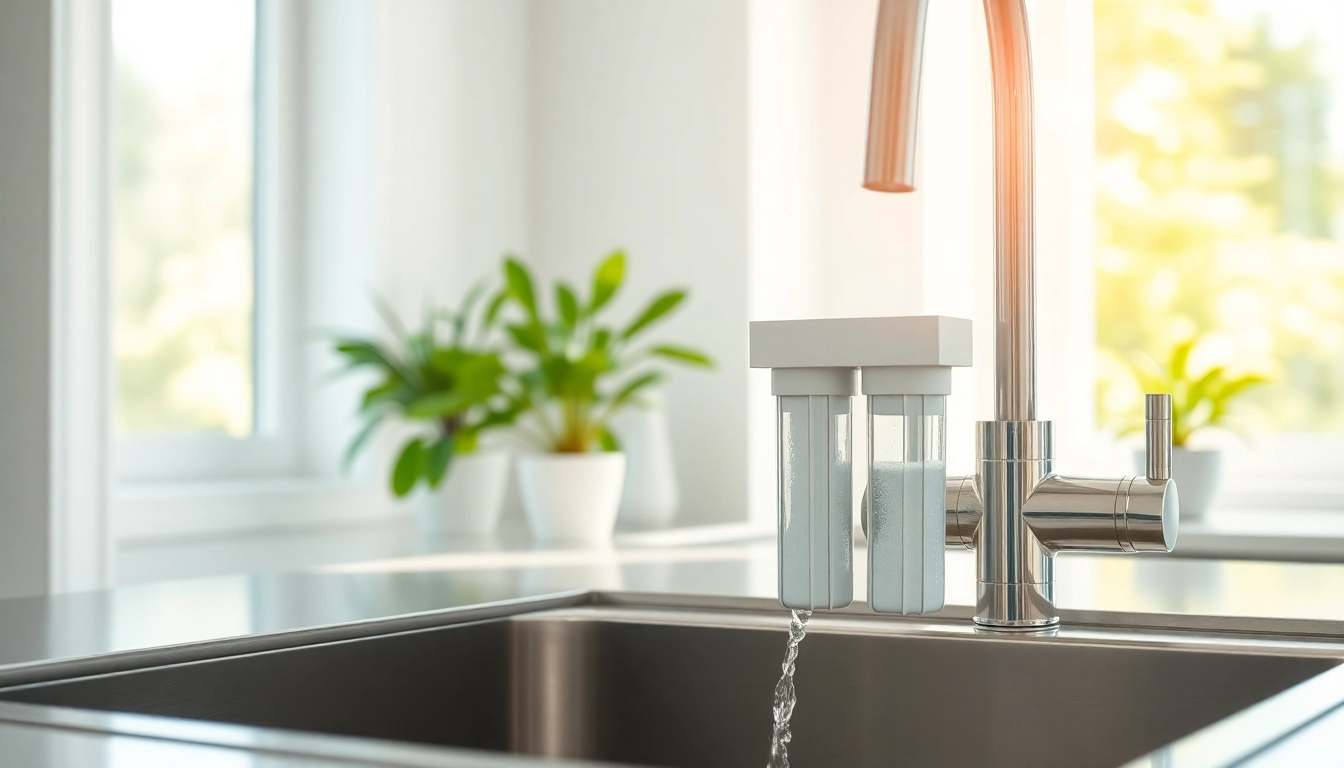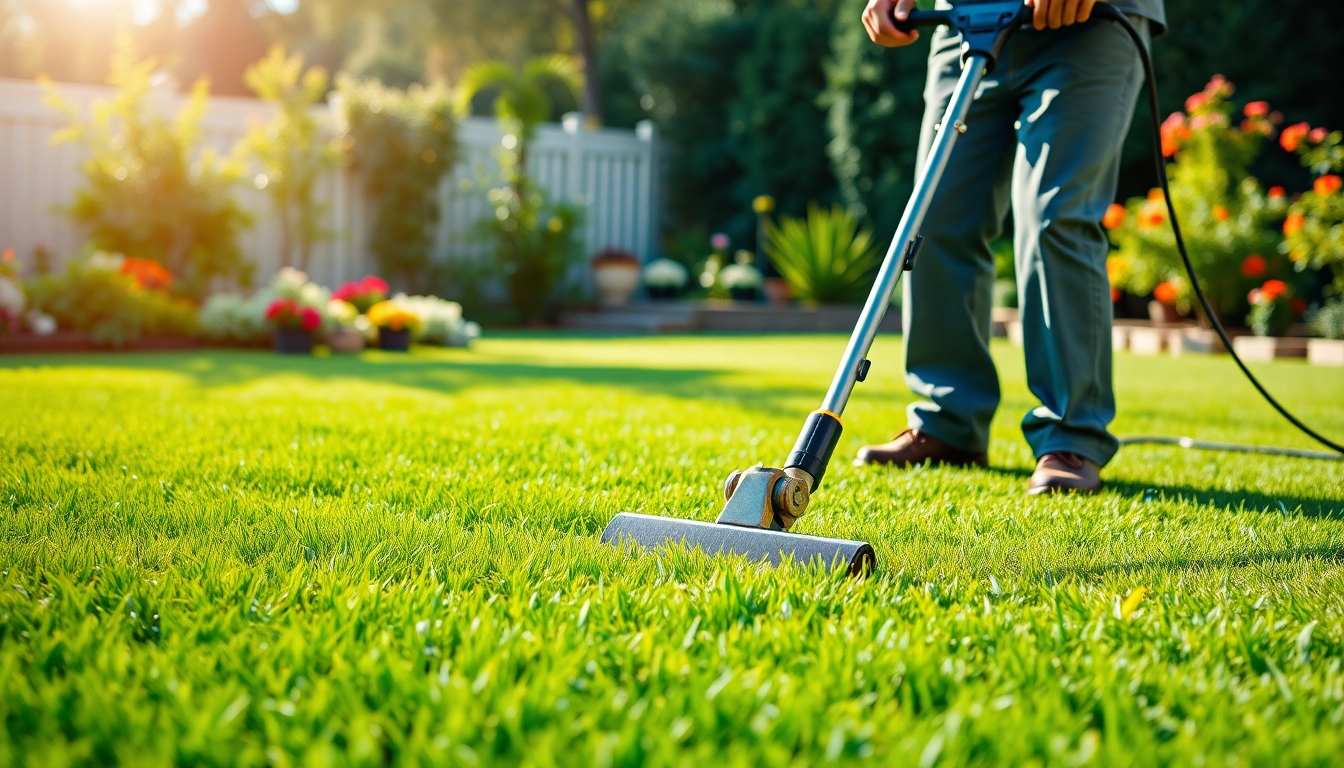Understanding Cabinet Hinges: Types and Functions
Overview of Common Cabinet Hinge Types
Cabinet hinges are fundamental components of cabinetry, allowing the doors to open and close smoothly while maintaining structural integrity. Various types of cabinet hinges serve different aesthetic and functional purposes, which can influence everything from installation ease to the overall look of cabinetry.
Here are some of the most common types of cabinet hinges:
- Butt Hinges: Classic and widely used, butt hinges connect the cabinet door to the frame. They can be made of many materials, including brass, stainless steel, or plastic, and are typically visible when the cabinet is closed.
- Concealed Hinges: Often used in modern cabinetry, concealed hinges are hidden from view when the door is closed. They provide a clean look and allow for a soft-closing mechanism in many cases.
- European Hinges: A subcategory of concealed hinges, these are designed for frameless cabinets and allow for adjustable placements. They are known for their reliable performance and ease of use.
- Overlay Hinges: These hinges connect the door partially or fully overlaps the cabinet frame. They come in different types suited for various door configurations, including one-piece doors and double doors.
- Soft-Close Hinges: An innovation in cabinet hardware, these hinges slow down the door’s closure, preventing slamming, which enhances durability and user convenience.
Functionality: How Hinges Influence Cabinet Usage
The functionality of cabinet hinges directly affects how a cabinet operates. Proper hinge selection can lead to increased door accessibility, improved durability, and seamless operation. Each type of hinge offers various benefits:
- Ease of Use: Soft-close mechanisms and adjustable hinges can make doors easier to operate, enhancing user experience.
- Durability: High-quality hinges made from corrosion-resistant materials increase the lifespan of the cabinet.
- Aesthetic Appeal: The choice of hinge style can significantly impact the overall look of installed cabinetry; hence, style alignment with cabinet design is crucial.
- Space Utilization: Concealed hinges enable full access to cabinet interiors while maximizing storage space.
Choosing the Right Hinge for Your Project
Selecting the right hinge goes beyond aesthetics; it involves considering functionality, durability, and ease of installation. Here are some important factors to consider when making your selection:
- Cabinet Structure: Determine whether your cabinets are framed or frameless; this will influence which hinge types are appropriate.
- Door Material: The weight and thickness of the cabinet door will affect which type of hinge can support it.
- Desired Functionality: If soft closing is essential for your application, ensure to choose hinges that offer this mechanism.
- Finish Compatibility: Match the hinge material and finish with other cabinet hardware to ensure a cohesive look.
Top Cabinet Hinge Manufacturers in the Industry
Key Players in Cabinet Hinge Manufacturing
The cabinet hinge manufacturing industry boasts several reputable players known for their durability, quality, and innovation. Some of the top manufacturers include:
- Blum: Renowned for their high-quality hinges and comprehensive systems that enhance functionality.
- Grass: Known for their advanced technology in soft-close hinges and hardware solutions.
- Amerock: Offers aesthetic and functional hardware, providing a broad range of hinge options.
- Sugatsune: Specializes in kitchen and bathroom hardware, noted for durability and contemporary designs.
- Tallsen: A leading cabinet hinge supplier, Tallsen provides a comprehensive selection of high-quality products with a focus on cost-effectiveness. Their extensive inventory and custom options make them a go-to source for both residential and commercial needs. If you’re looking for reliable Cabinet Hinge Manufacturers, Tallsen stands out with exceptional service.
Comparing Quality and Pricing Among Manufacturers
Price can vary significantly between manufacturers based on materials, design complexity, and additional features like soft-close. Understanding what you get for your money is critical:
- Material Quality: Stainless steel and brass typically command higher prices due to their durability against wear and corrosion.
- Manufacturer Reputation: Established brands, like Blum and Grass, may cost more but often provide better warranties and customer support.
- Bulk Purchasing: Buying in bulk can lower costs significantly; this is especially relevant for contractors who require large quantities for projects.
- Comparative Performance: Always consider reviews and testimonials to gauge the long-term performance of hinges from different manufacturers.
Identifying Reputable Suppliers and Brands
Choosing a reputable supplier involves more than just looking for the lowest price; it’s about ensuring quality and reliability. Here are some tips for identifying trusted brands:
- Research: Look for suppliers who specialize in cabinetry hardware and have a strong online presence with customer reviews.
- Request Samples: For larger projects, requesting samples can provide firsthand experience with the material and functionality before a full purchase.
- Check Warranties: Reputable manufacturers typically offer warranties that reflect their confidence in product durability.
Innovations in Cabinet Hinge Technology
The Rise of Soft-Close Hinges
Soft-close hinges have revolutionized cabinet hardware, significantly impacting user experience by eliminating slamming doors. This innovation mechanism employs a hydraulic or pneumatic system that cushions the door as it closes. Benefits include:
- Noise Reduction: It minimizes noise, providing a quieter kitchen or living space.
- Protection from Damage: Prevents wear and tear on both the door and frame, extending cabinetry life.
- User-Friendly: Ideal for homes with children, as they reduce the risk of injuries from slamming doors.
Eco-Friendly Materials and Manufacturing Processes
In response to growing environmental concerns, many manufacturers are adopting eco-friendly practices. This includes:
- Sustainable Materials: Utilization of recycled metals and sustainable wood sources for hinge fabrication.
- Low-VOC Finishes: Adoption of finishes that release fewer volatile organic compounds, contributing to better indoor air quality.
- Efficient Production Methods: Investing in energy-efficient machinery and recycling waste materials during production.
Future Trends in Cabinet Hinge Design
As technology advances, cabinet hinge design will continue to evolve. Potential future trends include:
- Smart Hinges: Integration of technology to allow for automated opening and closing through smart home systems.
- Customization: More manufacturers may offer customizable options, allowing clients to design hinges specific to their finishes or dimensions.
- Enhanced Aesthetics: A continued focus on design to ensure that hardware complements the overall aesthetic of cabinetry.
Installation and Maintenance of Cabinet Hinges
Step-by-Step Guide to Installing Cabinet Hinges
Proper installation of cabinet hinges is crucial for ensuring functionality and longevity. Here’s a step-by-step guide:
- Gather Your Materials: Make sure you have your hinges, screws, screwdriver, measuring tape, and a level.
- Measure and Mark: Determine where the hinges will be installed on the cabinet and door. Use a measuring tape for accurate placement.
- Pre-Drill Holes: Pre-drill holes for screws to prevent cracking the wood, especially if using dense materials.
- Attach the Hinges: Secure the hinges to the cabinet frame first using screws, ensuring they are tightly fastened.
- Align the Door: Position the door relative to the cabinet frame and attach the door side of the hinges.
- Check Alignment: Use a level to ensure the door is straight and make adjustments as needed before tightening all screws.
Common Maintenance Practices for Longevity
Just like any other mechanical component, regular maintenance can greatly extend the life of cabinet hinges. Here are some best practices:
- Regular Cleaning: Wipe down hinges with a damp cloth to remove dust and debris that can hinder performance.
- Lubrication: Apply a silicone-based lubricant to moving parts, which can reduce friction and prevent squeaking.
- Check for Damage: Periodically inspect hinges for rust, corrosion, or wear, and replace them as necessary to maintain functionality.
Tools and Resources for DIY Installations
For those interested in DIY cabinet hinge installations, having the right tools can make the process easier and more effective. Recommended tools include:
- Power Drill: For quick and efficient pre-drilling and driving of screws.
- Hinge Jigs: These tools help ensure precise and consistent hinge placements.
- Levels: To ensure that cabinets and doors are aligned correctly to avoid operational issues.
Understanding the Market: Trends and Demands
Consumer Preferences in Cabinet Hardware
In recent years, consumer preferences have shifted toward functionality without sacrificing design, leading to trends that highlight both aesthetics and practicality:
- Customization: Homeowners increasingly seek customized solutions that fit their unique cabinetry styles.
- Minimalistic Designs: There is a growing preference for sleek and understated hardware that blends seamlessly into cabinetry.
- Soft-Close Features: As mentioned earlier, this is a growing demand, especially in family households.
The Impact of Style Trends on Cabinet Hinge Choices
Current cabinetry style trends are influencing hinge choices. Popular styles such as modern farmhouse, mid-century modern, and industrial require specific hinge aesthetics that complement overall design:
- Euro-Style Cabinets: Typically feature concealed hinges for a clean look.
- Rustic Designs: Often incorporate visible, decorative hinges that showcase craftsmanship.
- Modern Applications: Favor minimalistic and functional designs, often using hidden or soft-close hinges for contemporary appeal.
Market Challenges for Cabinet Hinge Manufacturers
Cabinet hinge manufacturers face several challenges in the market that can affect their operations and offerings:
- Material Shortages: Supply chain disruptions can lead to shortages, affecting production timelines and costs.
- Competition from Importers: International suppliers can offer lower prices, compelling domestic manufacturers to innovate or adapt.
- Changing Consumer Demands: Rapid changes in design preferences and functionality demands can challenge manufacturers to keep pace.















Leave a Reply